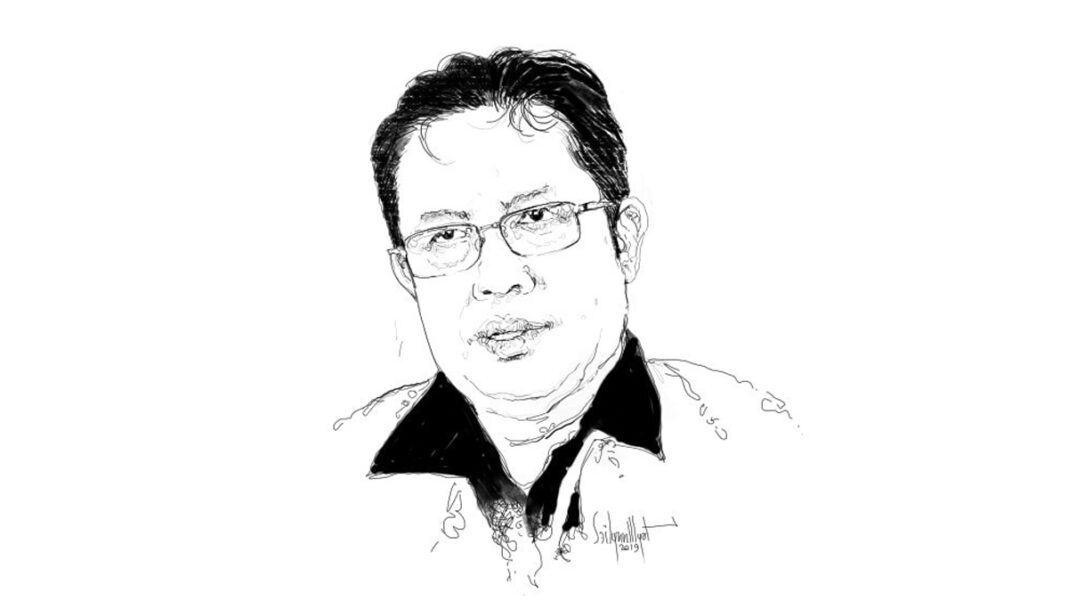Had the military-formed State Administration Council (SAC) kept the promise it made when it attempted to assume power in 2021, perhaps elections would have been underway, and we might have experienced some positive changes. However, this was not the case.
.
On July 31, the National Defense and Security Council (NDSC) convened in the capital city of Naypyidaw and announced that the state of emergency has been extended for another six months, beginning on August 1, citing the current situation in Myanmar as “instability” and more time is required to prepare for the elections.
In accordance with Article 425 of the 2008 Constitution, the duration of the emergency may only be extended for a total of twelve months, with two more extensions of six months each. However, since it came to power in February 2021, the military regime has announced two separate extensions of the state of emergency, making the most recent announcement on July 31 the third extension of the state of emergency.
For more than two years since it seized power from the civilian government in February 2021, the military continues to use force against peaceful protestors and the Civil Disobedience Movement. According to a human rights group, the Assistance Association for Political Prisoners (Burma), as of July 31, 2023, the military has killed at least 3,857 people, thousands, if not tens of thousands, of people, have been detained, four people have been executed (including a member of parliament), and an estimated million and a half people have been displaced in Myanmar and beyond.
It is likely to be unable to stabilize the situation as long as the military continues to employ lethal force against its people and the opposition groups such as the newly established People’s Defense Forces (PDFs) and various long-standing ethnic-armed organizations (EAOs) who are fighting for peace and restoration of democracy.
The National Unity Government (NUG), formed in response to the coup, is backed by a more inclusive National Unity Consultative Council (NUCC), a committee of ousted elected lawmakers known as the Committee Representing the Pyidaungsu Hluttaw (CRPH), a Charter for a Federal Democratic Union, a Defense Ministry, and the army’s high command, all of which have declared a “defensive war” against the military regime and been collaborating closely with PDFs and several powerful EAOs in their fight against the military.
The situation is getting worse right now as both sides are engaging in fierce fighting. The military has the brute forces to intimidate people, destroy communities, and attack, shell, and bomb resistance strongholds, whereas the revolutionary group has the numbers but not the soldiers, armament, or unified military leadership to drive out the military. However, according to a leaked State Administrative Committee (SAC) document, the military is losing more control. Of 14 Myanmar’s provinces, 12 of them have been the target of approximately 18,000 assaults by opposition forces since 2021. Moreover, in 330 of the country’s townships, 220 are highly-sever contested and 132 are highly unsafe and need strengthening measures.
In response, the military continues to impose martial law in many townships across the country. This is particularly notable in regions that are primarily occupied by opposition groups, such as the Sagaing, Magwey, Bago, and Thanintharyi divisions, as well as in the Chin, Kayah, Kayin, and Mon states.
The present scenario implies that Myanmar is at a point of no return. The military, which has ruled the country for decades, has established itself as a powerful institution, while the opposition — the NUG, PDFs, and EAOs — is gaining popular and international support. Of course, there is no sign of negotiation. Each side has its own agenda. On the one hand, the military will work on its planned agenda, which is to (1) carry out the nationwide peace negotiation, (2) reform the military-controlled governance system, (3) amend the constitution in 2008, and (4) prepare for the elections.
In contrast, the opposition has established a two-way agenda. The first objective is to (1) remove the military from politics and (2) establish the government that won the 2020 elections. (3) draft the federal democratic constitution and (4) carry out elections. The second point on the agenda is (1) to have all-inclusive talks to find a solution, (2) to establish the transitional government, (3) to have the transitional government draft the federal-democratic constitution, and (4) to organize the elections.
It is yet unclear how the situation will develop in the foreseeable future. Although it is believed that the group with people on its side will eventually prevail, it is hard to determine if they will do so unless they stand on justice and peaceful means.




